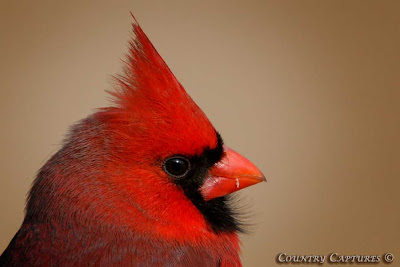

I have never observed the Blue Jays attacking another bird but then again the other birds don’t allow the Blue Jays much chance either.
Winter is beginning to relax its grasp here in southern Pennsylvania. A week ago I observed my first red-winged blackbird sitting in some cattails along a frozen pond. This morning a number of them were present around the wetlands although none afforded a good photo-op.
For more Critters visit our friend Misty’s Camera Critters Blog

































